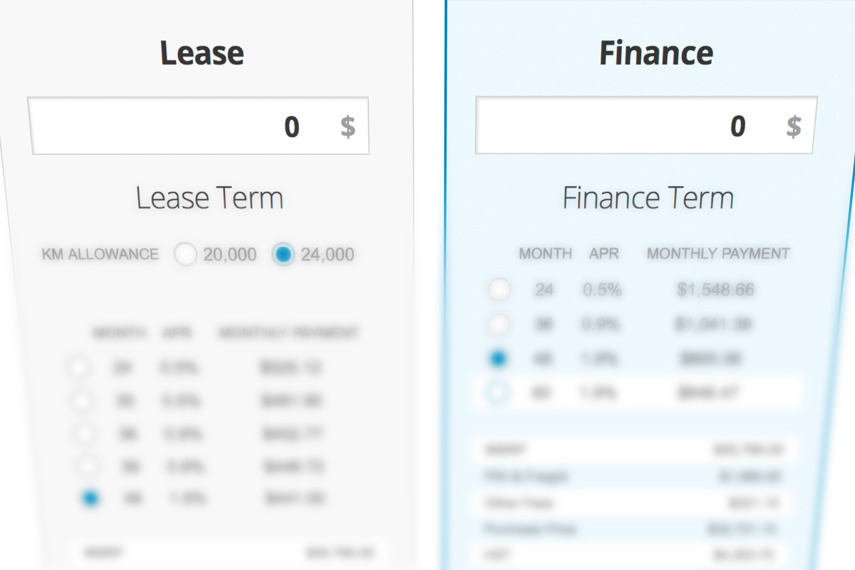There are numerous reasons you may be considering leasing your next vehicle: whether it’s the ease of getting into a newer ride, the lower monthly payments, or the ability to trade in and trade up after a few years.
Considering leasing your next vehicle? If so, here’s a closer look at some tips, facts and terminologies you may find helpful.
Depreciation, Term, and Residual Value
As you drive a vehicle, you add kilometres, wear and tear – all of which cause depreciation, or a reduction in the vehicle’s value. Residual value is what the vehicle is worth at any given point after it’s new. Effectively, when you drive a car, you’re depreciating it to its current residual value. The amount of time you’ll spend leasing the vehicle in question is called the term.
The gist? The vehicle you’re leasing will undergo depreciation during the term you drive it for, and at the end of that term, that vehicle will have depreciated to its residual value.
You Don’t Own the Car
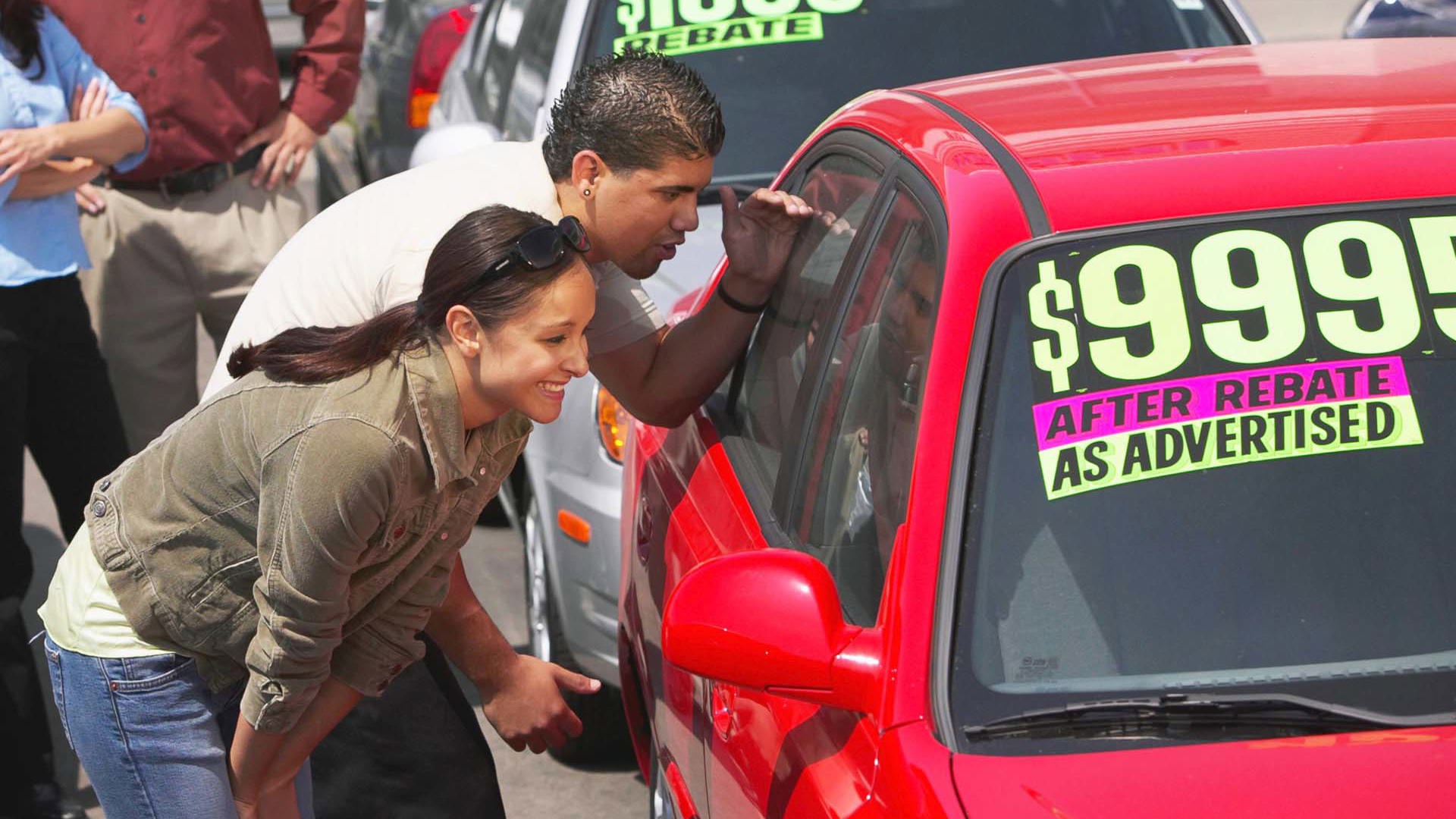
When you lease a vehicle, you don’t own it – instead, you’re paying for the use of the vehicle, over some portion of its useful life. Think of leasing as a sort of long-term rental plan.
Cost Certainty, Lower Risk
Leasing gives the shopper cost certainty, and reduced risk. When you lease a vehicle, the term and residual value are determined at the start. For example, you’ll drive a new $30,000 Chevrolet Malibu for a term of three years, and at the end of that term, the vehicle will have depreciated to a residual value of $20,000. Monthly payments are the same, every single month.
The Lease Process
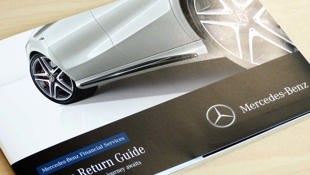
When you lease a new car, you’ll make your first monthly payment up front, and cover any lease fees, and a down payment, if applicable. Then, you drive the vehicle for the term of its lease – for instance, three years. The leasing company or dealer then gets the residual value of the vehicle in one of two ways: either you give the vehicle back, or you buy it for its residual value.
About that Down Payment
Many experts advise that shoppers not make a large down payment up front when leasing, in case of the unexpected. For instance, making a larger upfront down payment could cost you money if the vehicle is totalled early in the lease.
Gap Insurance
Gap insurance is available to protect those who lease from owing more than the vehicle is worth, if it winds up wrecked or stolen. Be sure to ask your dealer what coverage, such as gap insurance, is included with the lease, and what is not.
Protect Yourself
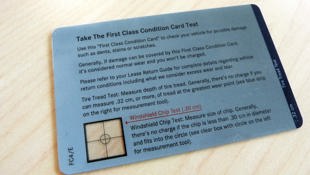
In many leases, normal wear and tear is expected, and factored into the equation – but wear and tear in excess of a certain amount can result in additional end-of-lease charges. Paint or body damage, badly worn tires and the like can all result in added costs at the end of the term. Options are available in affordable insurance coverage against excessive wear and tear.
Gross Capitalized Cost
This is the sticker price of the vehicle in question, and the lease payments are set based on it. Just like when buying a car, the upfront price is negotiable, so don’t forget to haggle to taste.
Lower Payments
Since leasing only requires you to pay for the use of the vehicle over some portion of its lifespan, and since you either return the vehicle or buy it at the end of the lease, the monthly payments are lower than those that come with financing. You wind up with use of a new vehicle for a time, but you’ve got to give it back, or buy it, when you’re finished. To compare, financing, which amounts to buying the vehicle outright, typically stretches costs over a higher monthly payment, for a longer period of time.
Who is Leasing Best For?

There’s no single answer as to whether leasing or buying is a better choice – but leasing does tend to be popular with lower-mileage drivers who want to be in a newer vehicle, and with shoppers seeking lower monthly payments, and with shoppers not concerned with the pride of ownership. If you want a lower monthly payment, and want to be driving a newer ride that’s replaced every few years, leasing may be right for you.
You Can’t Modify the Vehicle
When you lease a vehicle, it typically can’t be modified, since you don’t own it. Keep this in mind if you’re considering a lease, but like to make upgrades or alterations, or if you may want to add any non-factory parts and accessories.
Leasing Can Mean Less Hassle
Robert Gagnon is a leasing expert at a northern Ontario Ford dealership. He explains, “Leasing is an alternative to a conventional purchase. It gives the consumer lower monthly payments and a lower obligation – for instance two to three years versus five to six years with financing. With a shorter term comes lower maintenance costs and less risk.”
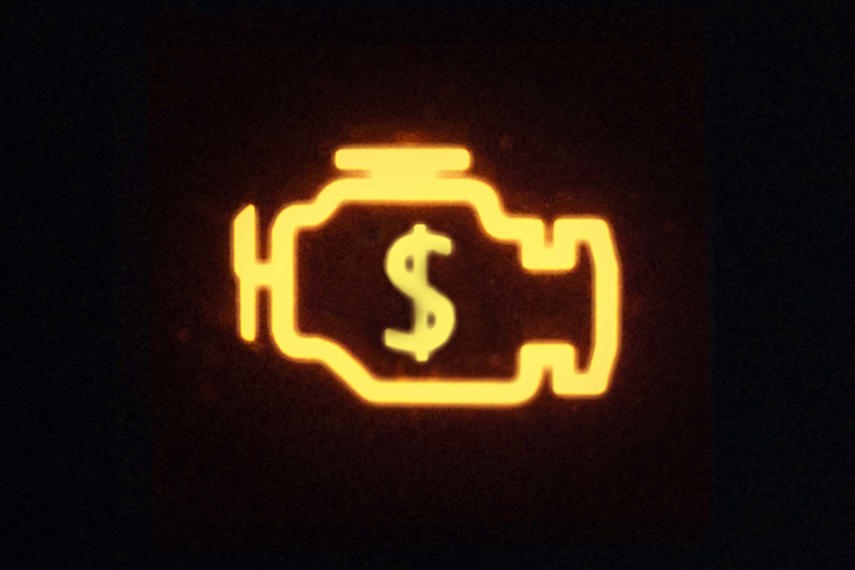
Leasing will put you in the driver’s seat of a new vehicle every few years, and allow you to stay on top of the latest safety features, gadgets and technologies. You’re unlikely to have to worry about repair bills, as the vehicle in question is often covered by its warranty for the entire term. In fact, some experts recommend not leasing a vehicle for longer than its warranty period, so you don’t have to pay for repairs on a vehicle you don’t own.
Gagnon adds, “Typically, leasing is best for the customer who doesn’t drive many kilometres per year, needs worry-free transportation, and has no time for the increased maintenance that comes with higher kilometres.”
Leases Have a Mileage Limit
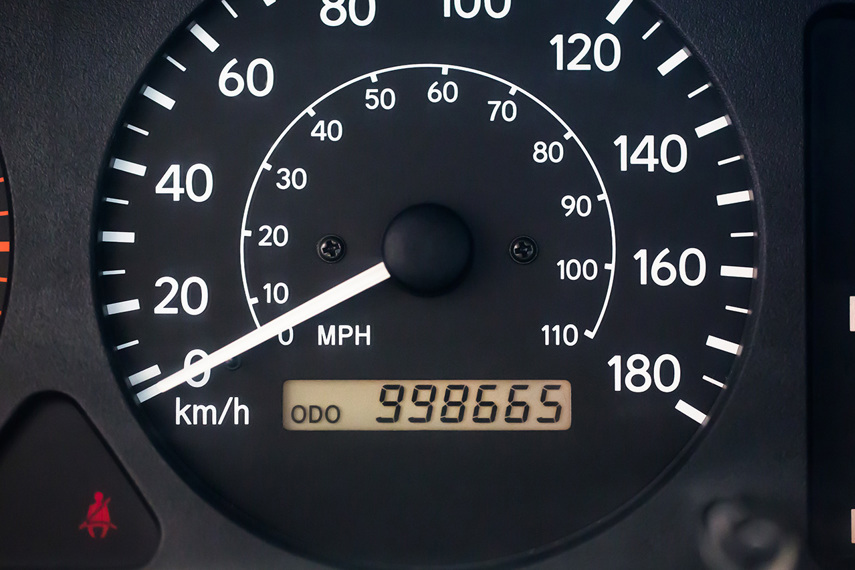
A mileage limit is set out at the beginning of the lease – and if you go over that mileage limit, you’ll be charged some amount per kilometre of overage. Be aware of this as you negotiate your lease, and be sure you have enough mileage.
Leases are Pricey to Break Early
If you need to get out of a lease early, things can get complicated. There are typically fees and penalties to breaking from a lease early, though some options exist in websites that help you to “sell” your lease to another buyer.
Leasing Means Perpetual Payments
Remember that if you always lease a vehicle, you’re always making monthly payments. Compared to financing, where you eventually pay the vehicle off and have no payment, leasing a new vehicle every few years means that payments are always ongoing. Note that when you lease a vehicle, your insurance may cost more too.
